In the right hands a camera can really make magic. Or, to put it another way, in the right hands, a camera can really make us see what has been right under our noses all along. It may also help us to step into other worlds. In Irish photographer Simon Watson’s new book, The Lives of Others, the camera takes us on a trip through some of the world’s most wonderful homes.
The wonder isn't always that of opulence, though it is true that the Tangier home of architect and designer Roberto Peregalli is pretty swish, as is the Paris apartment of shoe guru Christian Louboutin. In the latter, however, Watson's lens lingers on a collection of men's brogues, and on a cat seemingly poised to attack a chandelier, rather than on the perfection of his bedroom.
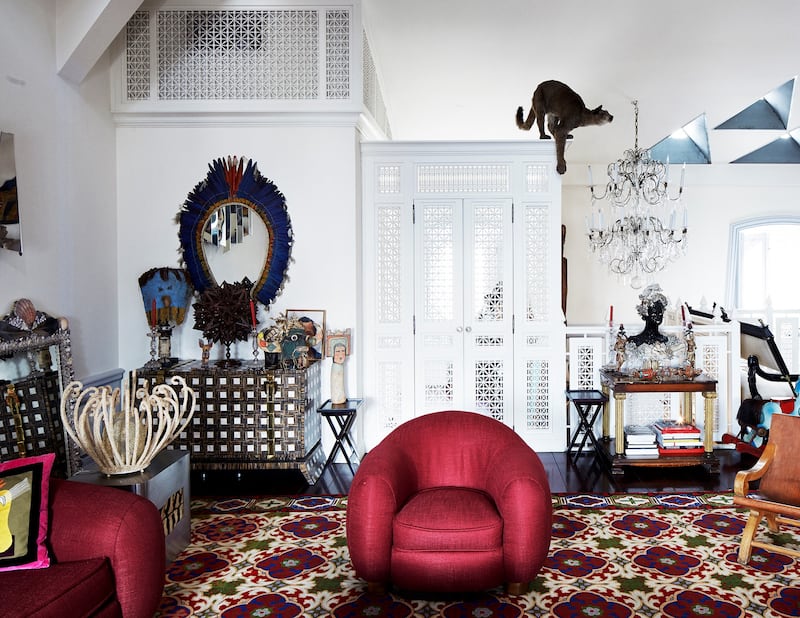
In the advocate for architectural preservation, Ian Lumley’s Dublin house at 12 Henrietta Street, the interiors are shown in haunting shadows, with stacked pictures, fragments of sculpture, and a focus on a crack in the plasterwork. “What gets me?” he pauses ... “Aesthetic gets me. Beauty in the real sense of the word. The imperfections, that’s what excites me. When I’m taking a photograph, that’s the most important thing.”
'I'm not a world-renowned photographer,' he says, with a trace of huffiness. I think he must be
He goes on to talk about light, shadow and penumbra, “the shadow in between”. And that’s even before he gets to the what and the who of his subjects. “But when you mix it up, when you jumble it up, that’s what gets me.” That “jumble” has brought him great success.
Watson left Ireland in 1989, at the age of 19, having dropped out of film school, and wanting to paint. He fetched up in New York, without the proverbial "bean in your pocket", at a time when you could still find a loft apartment for said bean in SoHo. His, a two bed on Crosby Street, cost him a princely $300 a month. Later he moved to a brownstone in Brooklyn, again, just before it all became unaffordable.
I'm wondering at this life of serendipities and luck. Or was it sheer hard work? How do you make a career as a world-renowned photographer in New York, one of the hardest cities to make the grade? "I'm not a world-renowned photographer," he says, with a trace of huffiness. I think he must be. He describes a life jetting around the world shooting subjects from John Banville to Karl Lagerfeld, with commissions from Vanity Fair to W Magazine, and personal projects that have included an exhibition at Auschwitz, and a shoot at Stalin's former Dacha in Sochi.

"I'm just like a lot of photographers," he says. "It's inaccurate to be cast in that light. There are a lot of photographers out there who are better." Who are his heroes? "I look up to painters more than photographers," he says, citing the Italian sixteenth-century painter Pontomoro, and the Belgian contemporary artist Luc Tuymans, which certainly gives a sense of his breadth. "Anyway," he adds. "It's more interesting to talk about the 'what' than the 'who'."
Talking with photographers is an interesting experience. Words are not their work, and yet their work carries way beyond words. Watson is self-deprecating in conversation. His anecdotes are peppered with “no, don’t say that’s,” and “yes, but we can’t write that…” And lest you think you’re missing juicy scandal about the lives of those others, contained in his recent book, I promise you, you’re not. Or, to put it another way, if juicy scandal there is, he’s far too professional to reveal it.
He is charming, but with the kind of charm that brings him just where he wants or needs to be, and keeps him from absolutely anywhere he doesn’t want to go. The places he has wanted to be are indeed extraordinary. From post Hurricane Katrina New Orleans to the Irish homes of the late Garech de Bruin at Luggala, Co Wicklow and the Marchioness of Dufferin and Ava at Clandeboye, to the homes of Louboutin and the Duchess of Alba, it’s quite an adventure.
"I don't know," when I ask him about his route to success. "I suppose one slowly builds up a reputation for the kind of work they do. That's what happened to me. New York was the centre for magazine publishing. It's very competitive, though I was never really that competitive." Instead, he says, "a few people took me under their wing." One of these was Dennis Friedman, the founding Creative Director of W Magazine. "He was bordering on legendary. For whatever reason, he seemed to like what I did."
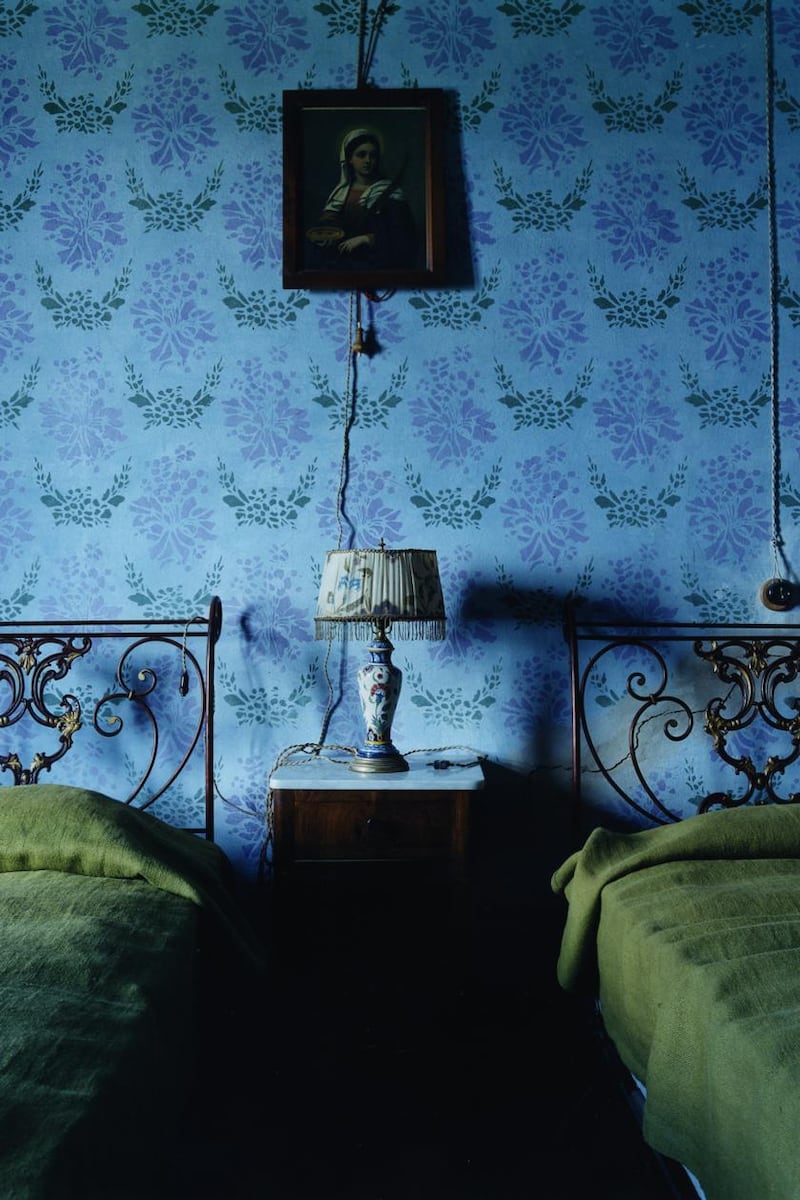
Watson stops to remember. “When you’re really young [he is now 51], you don’t think about consequences. You have a lot more nerve. You don’t overthink things, and you’re freer, and you’re able to make decisions on a whim. That’s really liberating, and maybe that’s one of the reasons my career went in the direction it did.”
'I didn't have a mobile phone, and I had to go to a neighbouring island to check my email. It took a while to calm down, but there was nothing there but sea and sky'
Thinking about this, I ask him if he is impulsive. “What do you mean?” “Impulsive in the sense of following feeling, rather than thought.” “I don’t know. I have wondered about this for a very long time.” Watson comes across as uncomfortable talking about himself, but he is good at it. An interesting mixture of diffident and confident, he is full of ideas, tangents, and stories, such as the time he bought a collection of huts in Sicily for, what he describes in a recent article in The New York Times, as “a couple of trips to the ATM.”
“It’s not an interesting story,” he says, before proceeding to tell an interesting story. “I was in Sicily a lot for work in the 1990s and early 2000s. I bought a small building – a few buildings – tiny little shacks. They were ancient and beautiful, on a little island called Filicudi. I spent parts of my summer there for years. It didn’t have any running water or electricity and I loved it.”
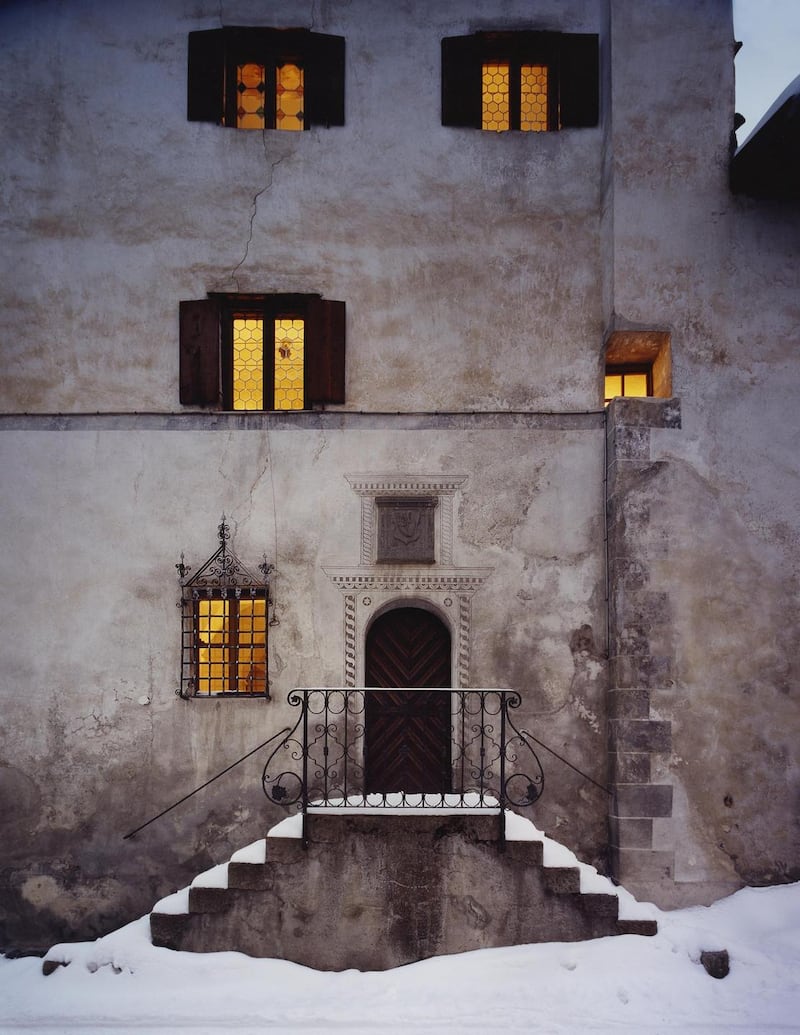
He describes carrying provisions himself, or by donkey. “It was a great escape from a city like New York, and from the life I was leading, hurtling around the world on an aeroplane at warp speed. I didn’t have a mobile phone [there], and I had to go to a neighbouring island to check my email, which I didn’t really do. It took a while to calm down, but once you were there, there was nothing there but sea and sky.”
A friend sent him a postcard, addressed to “L’Uomo Irlandese, Filicudi, Italia” (The Irishman, Filicudi, Italy). “It got there,” he says.
Since 2011, Watson has lived with his wife, the artist Christine Lebeck, and their children, in a Monkstown redbrick; and the shuttling around the world has settled down too. "I used to shoot a lot more advertising than I do now." He laughs: "everyone used to shoot a lot more advertising than they do now, because of Covid. But I have to work, and I love working." Still, about 10 years ago, he discovered that endless travel was no longer enjoyable.
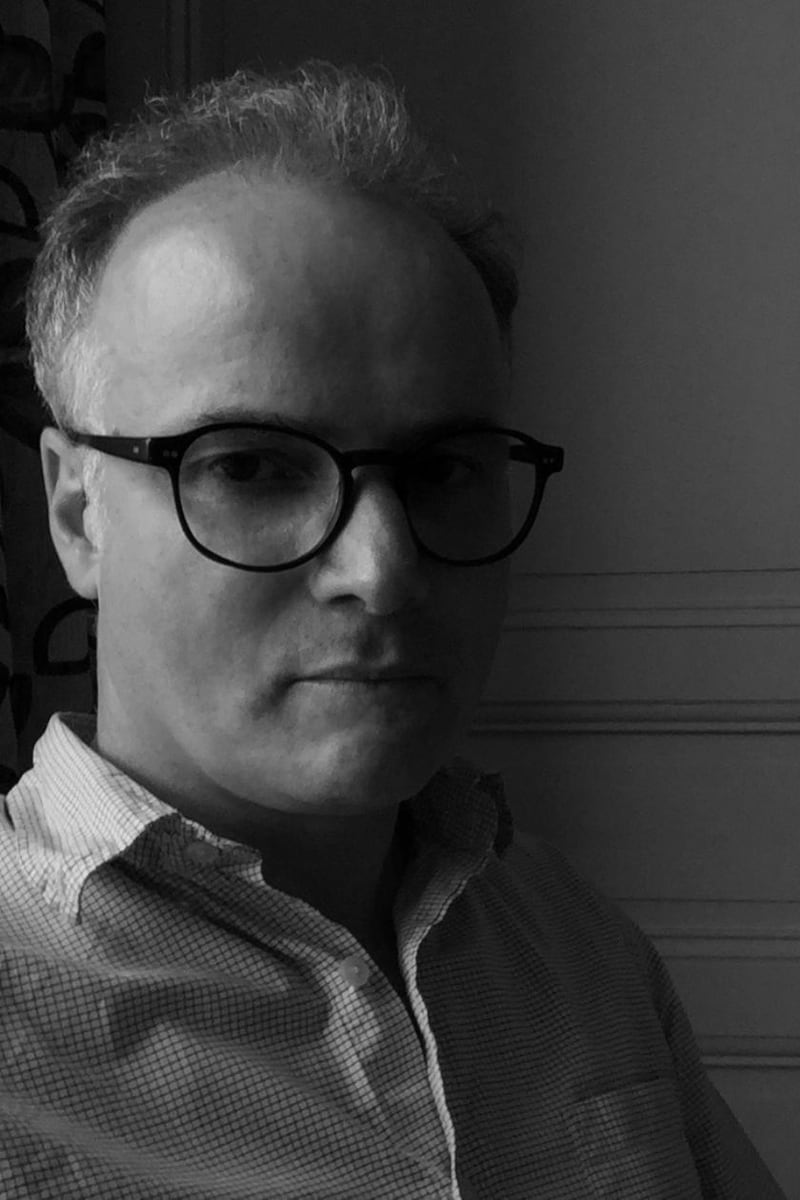
"It wasn't good for my health. So I became more choice-y about what I wanted to do." When he does choose, his clients clearly count themselves lucky. A recent shoot, for the Lismore Food Company, styles their new range in the manner of a Vermeer, all bright colours coming out of darkness, the light carefully established to make the subjects glow. It is glorious and beautiful, but it is a particular kind of beauty.
“There seems to [be] a cynical approach these days, to beauty and aesthetics, that I don’t buy into,” he says. “There has to be beauty, but real beauty has been replaced by plastic and what is considered perfect. To me, that’s ugly, that’s the antithesis of beauty.” He describes the beauty of an old face and, with evident distaste, the contradictions of an elderly face that has “had a lot of work done to it.” We move from this to talk about the grace of old buildings, which he clearly adores, partly because of the sense of the presences of the past.
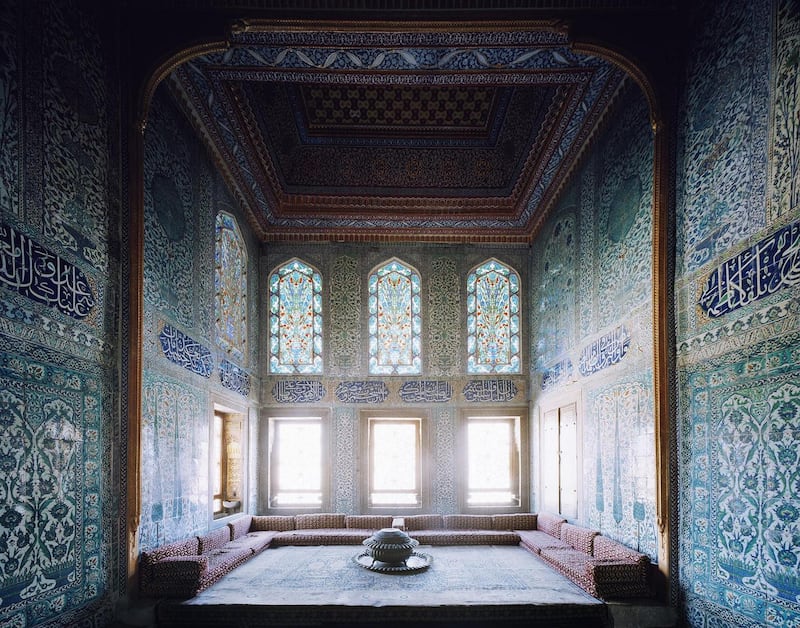
“There is always an element of lingering presence in my photographs,” he notes, as we turn again to his new book. “I’m looking to photograph the feeling of the place, a sense of the place. Most of these people aren’t ‘hey, look at my sofa…’ and I don’t have the pressure of having to photograph things a certain way. That frees me up to find what I’m looking for – which is a portrait of a person, and a portrait of the house. You can tell an awful lot about a person from where they live. You can tell their politics.”
Denying that you have to have tons of money to have a beautiful home, especially if you have creativity, Watson concludes that our fascination with interiors is a universal thing. “We all live in a house, we all inhabit space,” he says. “We, or we the lucky ones, all have roofs over our heads. It makes sense for everyone to live in a space that they like, that they’re comfortable with.”
That is certainly true, but through the pages of The Lives of Others, it certainly helps to have access to lofty ceilings, some castellations and an ancestral portrait or two. It is headily inspiring, and yes, occasionally envy-inducing stuff: that often otherworldly beauty.





















